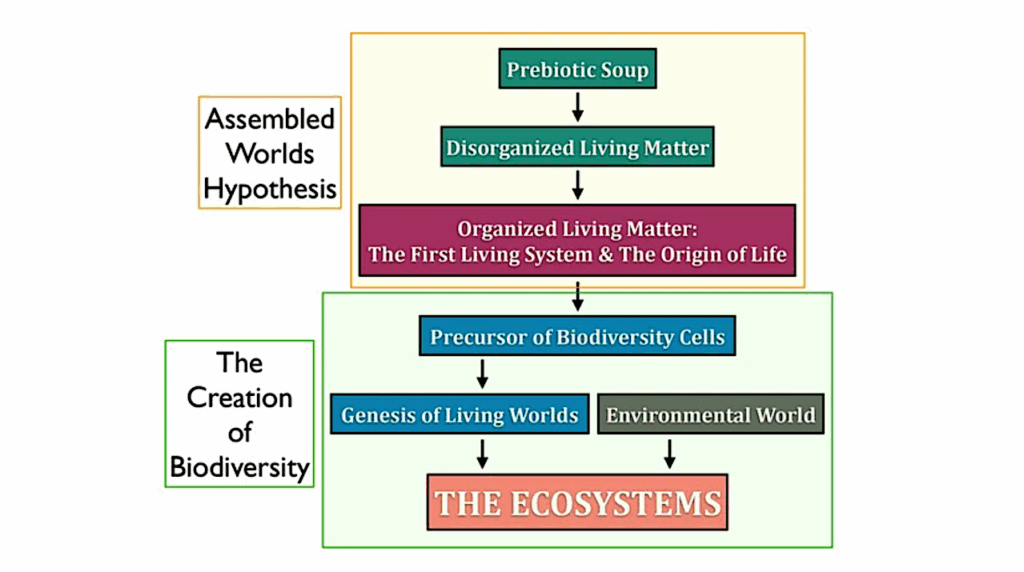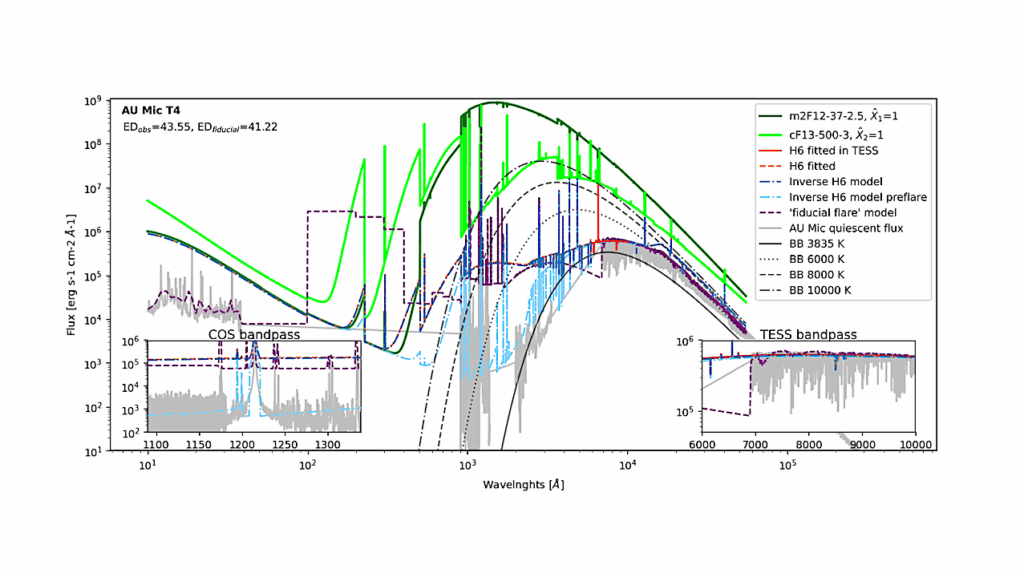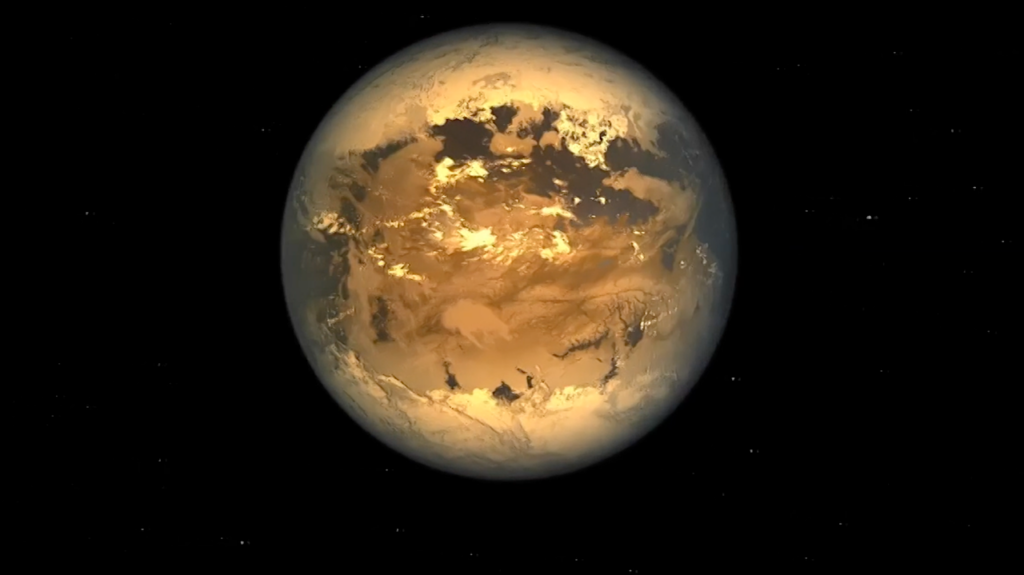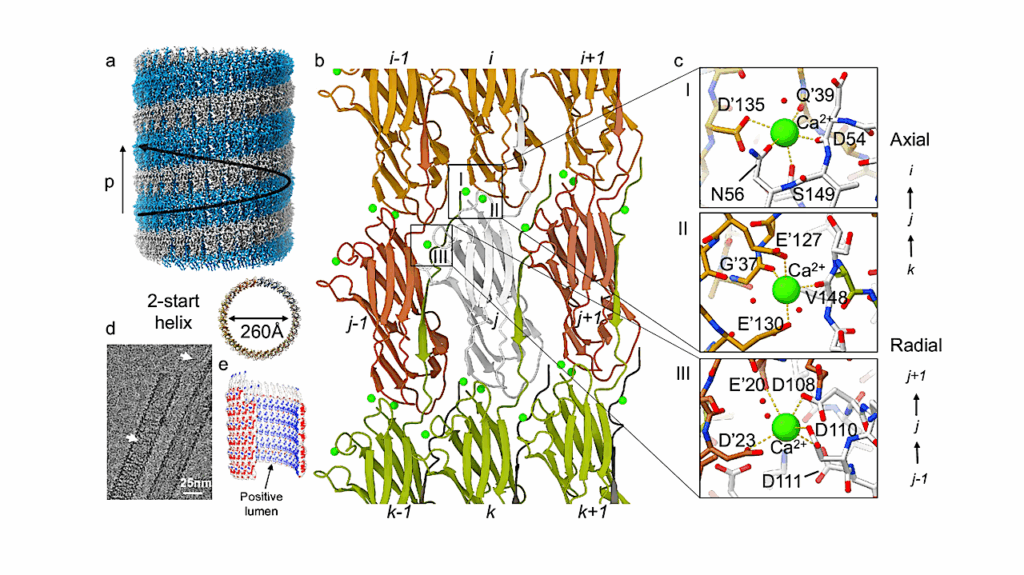Surprising Insights About Debris Flows On Mars
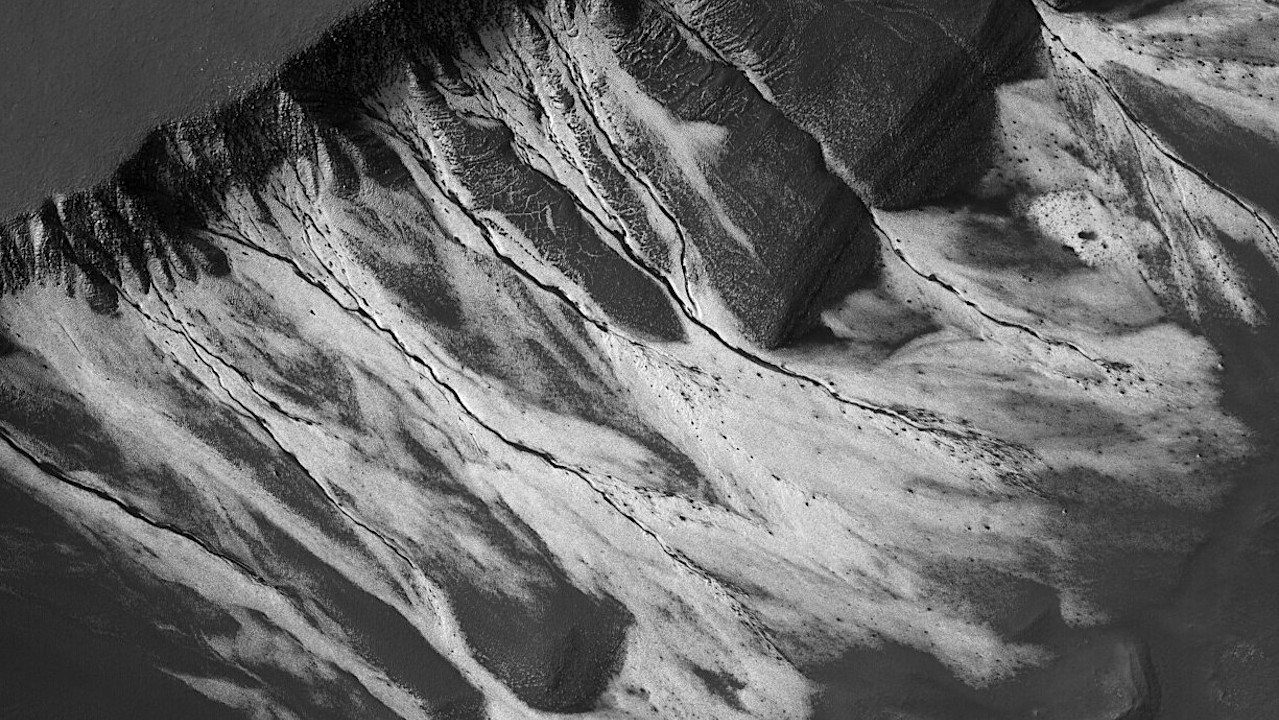
The period that liquid water was present on the surface of Mars may have been shorter than previously thought. Channel landforms called gullies, previously thought to be formed exclusively by liquid water, can also be formed by the action of evaporating CO2 ice.
That is the conclusion of a new study by Lonneke Roelofs, a planetary researcher at Utrecht University. “This influences our ideas about water on Mars in general, and therefore our search for life on the planet.” The results of the study are published this week in the journal Communications Earth and Environment.
“The Martian atmosphere is 95% CO2”, Lonneke Roelofs explains. “In winter, air temperatures drop below -120 degrees Celsius, which is cold enough for CO2 in the atmosphere to freeze.” In the process of freezing, CO2 gas can change directly to CO2 ice, skipping the liquid phase. The process is similar to frost on Earth, where water vapour forms ice crystals and blankets the landscape in a white film. Warmer spring temperatures, combined with the thin Martian atmosphere, causes CO2 ice to evaporate directly back to gas, again skipping the liquid phase. “We call that ‘sublimation’.
The process is extremely explosive due to Mars’ low air pressure. The created gas pressure pushes sediment grains apart causing the material to flow, similar to debris flows in mountainous areas on Earth. These flows can reshape the Martian landscape – even in the absence of water.”
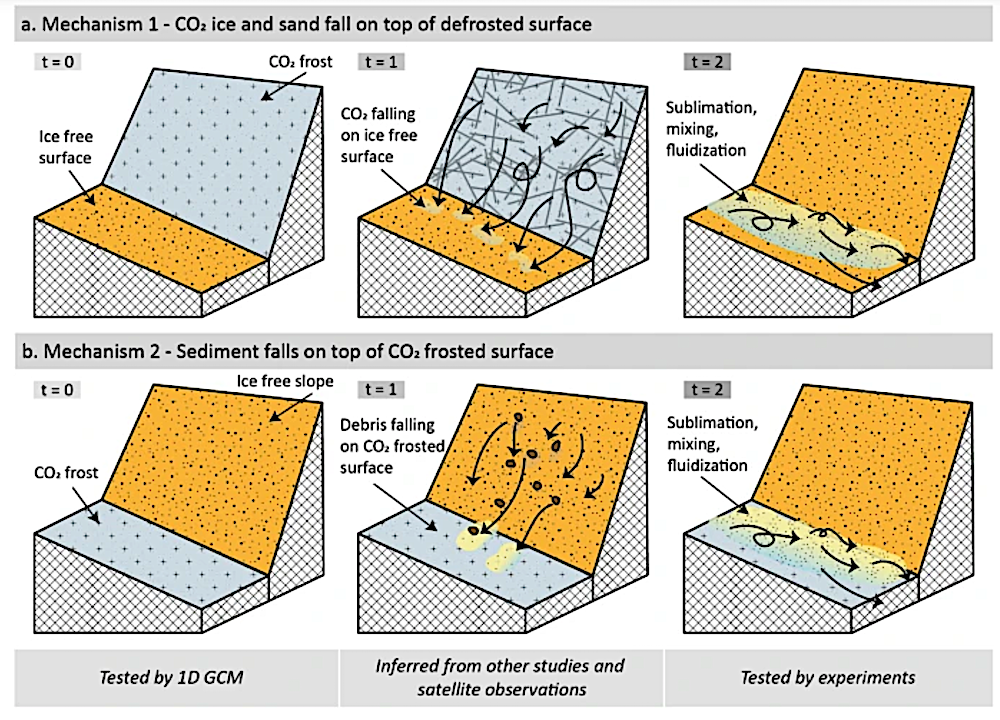
The block diagrams display a small part of the gully system, i.e., two neighbouring slope facets. a Mechanism 1 – Failures in frost-coated slopes lead to mixing of CO2 ice and warmer sediment, sublimation of the CO2 ice and ultimately fluidization of the sediment-ice mixture (see also Fig. 2a–e). b Mechanism 2 – Dry mass-movement of sediment onto a frosted surface, which leads to mixing and sublimation of the frost, and ultimately, fluidization of the sediment-ice mixture (see also Fig. 2f–h). Note that the model runs in this research test the conditions at t = 0, whereas the experiments test the physical feasibility of the process at t = 2.
“The results of my research suggest that the chance of life having existed on Mars is smaller than previously thought.”
Scientists have long hypothesised that CO2 ice could be a driving force behind these Martian landscape structures. “But those hypotheses were mainly based on models or satellite studies”, Roelofs explains. “With our experiments in a so-called ‘Mars chamber’, we were able to simulate this process under Martian conditions. Using this specialised lab equipment we could directly study this process with our own eyes. We even observed that debris flows driven by CO2 ice under Martian conditions flow just as efficiently as the debris flows driven by water on Earth.”
Extraterrestrial life
“We know for sure that there was once water on the surface of Mars. This study does not prove the contrary”, Roelofs says. “But the emergence of life likely needs a long period where liquid water was present. Previously, we thought that these landscape structures were formed by debris flows driven by water, because of their similarity to debris flow systems on Earth.
My research now shows that, in addition to debris flows powered by water, the sublimation of frozen CO2 can also serve as a driving force behind the formation of these Martian gully landscapes. That pushes the presence of water on Mars further into the past, making the chance of life on Mars smaller.” And that makes us even more unique than we thought.
Why Mars?
But what makes someone interested in landscapes 330 million km away? “Mars is our closest neighbour. It’s the only other rocky planet close to our solar system’s ‘green zone’. The zone is precisely far enough from the sun to allow for liquid water to exist, a prerequisite for life. So Mars is a place where we possibly can find answers to questions about how life developed, including potential extraterrestrial life”, answers Roelofs.
“Plus, studying the formation of landscape structures on other planets is a way for us to step outside our Earthly context. You ask different questions, which leads to new insights on processes here on Earth. For example, we can also observe the process of gas-driven debris flows in pyroclastic flows around volcanoes, here on Earth. So this research could contribute to a better understanding of terrestrial volcanic hazards.”
How, when and where current mass flows in Martian gullies are driven by CO2 sublimation, Communications Earth & Environment (open access)
Astrobiology


